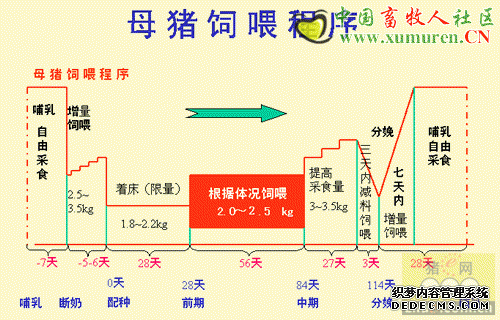By Hank Becker - Scientists at the ARS Coastal Plains Soil, Water, and Plant Research Center in Florence, South Carolina, are tackling one of the nation's greatest environmental problems: the cleanup and disposal of manure from swine-production wastewater.
Agricultural
Research
Magazine
Reproduced with permission "Coping With Swine Manure" was published in the July 2001 issue of Agricultural Research magazine."Large-scale swine production is increasing in the United States at a very rapid rate," says ARS soil scientist Patrick G. Hunt, who leads the Florence lab. "In North Carolina alone, hog production increased from 2.6 million in 1990 to over 9 million in 1997."
Pork production is a major enterprise that has monumental waste-treatment challenges. "These problems are related to flushing waste from high-density confinement facilities into anaerobic lagoons and then applying the wastewater to cropland," says Hunt. "Besides nitrogen, swine manure contains phosphorus and other chemicals that can fertilize plants. But it becomes an environmental concern when more nitrogen is applied than crops or forage can assimilate," he says.
According to ARS soil scientist Matias B. Vanotti at the Florence lab, "As the practice of confined-animal production grows, we desperately need effective and affordable alternatives for managing the nutrient byproducts of these large-scale operations."
Vanotti, working with Hunt and a team of ARS colleagues, has devised a quick, effective, and relatively inexpensive new technology for removing the ammonia form of nitrogen from large-scale swine-production facilities.
"We adapted Japanese state-of-the-art technology for treating municipal wastewater," he says. "It uses large populations of bacteria entrapped in polymer gel pellets to break the ammonia down into nitrite, then nitrate." This process is known as nitrification. Then, in a process called denitrification, the nitrate is converted to nitrogen, an odorless gas that is the main component of air.
Soil scientists Patrick Hunt (left) and Matias Vanotti examine a sample of nitrifying pellets. Vanotti's team is first to apply the Japanese pellet technology to disposal of high-ammonia wastewater from large-scale U.S. animal production facilities.
"Our preliminary research indicated that nitrifying bacteria protected in pellets could nitrify animal lagoon wastewater at rates comparable to those used in Japan to clean up municipal wastewater systems," says Vanotti.
The pellets梐n eighth- to a quarter-inch wide梐re typically made of polyethylene glycol and polyvinyl alcohol. These polymers are liquefied and mixed with Nitrosomonas and Nitrobacter bacterial sludge and then solidified by cold or chemical treatment. The pellets allow ammonia, oxygen, and carbon dioxide to pass through and nourish the bacteria.
"The pellets provide an ideal environment, because the organisms are immobilized inside, yet able to perform optimally," says Vanotti.
Nitrification/denitrification of animal wastewater is difficult because it contains high amounts of ammonia that hinder the nitrifying bacteria, says Vanotti. The key to success is to let the bacteria adjust, or acclimate, to the high-ammonia environment. The scientists found that the nitrifying microorganisms can perform optimally after 2 months of acclimation. "Acclimation requires exposing the pellets to 10 to 20 times the ammonia found in municipal wastewater," says Vanotti. "Once acclimated, they should be able to treat high-strength wastewater effectively for 10 years or more."
How the Pellet System Works
Nitrifying bacteria inside these polymer gel pellets remove ammonia from swine wastewater.First, swine manure wastewater is stored in a lagoon to settle the solids. Then the liquid is pumped into a tank, or reactor, equipped with an aeration system, which provides the oxygen-rich environment necessary for nitrification to occur. A wire screen retains the pellets, which take up 7 to 15 percent of the tank's volume. The subsequent conversion of nitrate into nitrogen gas梔enitrification梠ccurs under reduced-oxygen conditions.
In small-scale tests, the ARS researchers found that the pellets removed 97 to 100 percent of the ammonia in wastewater.
声明
来源:互联网
本文地址:http://farm.00-net.com/yz/zhu/5/2007-09-20/142434.html








